Israeli ‘archeologist’ who toured south Lebanon in military uniform to falsify history
By Alireza Akbari
Zeev Hanoch Ehrlich, a 71-year-old Israeli "archaeologist," was eliminated by Hezbollah resistance fighters in southern Lebanon on November 20 while he was accompanying the notorious Golani Brigade.
His death, which was announced by the Israeli military on Wednesday, along with one of the Golani Brigade soldiers, has once again raised questions on how a senior settler like Ehrlich was allowed in an active war zone, especially since he was not an active duty or reserve soldier.
Sections of Israeli media expressed outrage over what they framed as a "violation of military rules," showing a great deal of concern for the man they described as an "investigator."
The Israeli military, however, justified Ehrlich’s visit to the southern Lebanese war zone as part of a military "mission" to “assess a fortress” for potential conversion into an observation post.
It came days after Michael Freund, a former deputy communications director for Israeli premier Benjamin Netanyahu, published an article in the regime-controlled newspaper Jerusalem Post, which provocatively claimed that southern Lebanon "was actually northern Israel.”
According to Israeli media reports, Ehrlich’s presence in southern Lebanon was permitted by the Golani Brigade commander, ostensibly for the purpose of "researching an ancient fortress" and to "familiarize himself with the area."
Pertinently, the Israeli regime has a history of utilizing archaeology as a tool to advance its false claims on important heritage sites in the occupied Palestinian territories.
One prominent example is in Silwan, in occupied Al Quds, where archaeological excavations and tourism initiatives have been employed for years to justify the displacement of Palestinian residents.
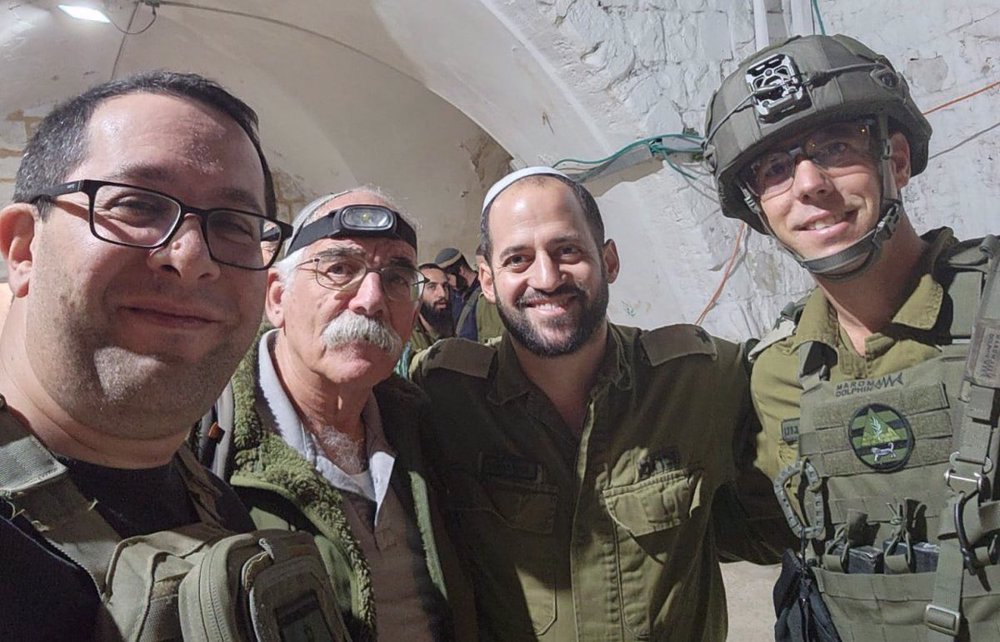
Ehrlich, who had for years worked closely with the Israeli military in touring important Palestinian heritage sites to manufacture fake documents, was in southern Lebanon for the same purpose.
In social media footage, he was seen armed and dressed in Israeli military uniform and military gear, standing in front of the historic Shamaa Castle, a landmark Lebanese heritage site located in the small village of Shamaa in Lebanon's Sour district, approximately 25 kilometers from the Palestinian border.
"Look at this ancient mosque in southern Lebanon! Beneath it lies an ancient temple built by Jewish ancestors before their demise. God gave us this," he claimed in the video, speaking in Hebrew.
In the wake of his death, reactions pouring in shed light on Ehrlich's role in advancing Israeli military strategy to lay claim to Palestinian and Lebanese sites in order to occupy and destroy them.
He had, according to privy sources, been a vital cog in the Zionist project of 'Greater Israel'.
Yaron Rosenthal, head of the Gush Etzion Regional Council and a friend of Ehrlich, remarked that Ehrlich was a pioneering figure in the field of "tour guiding and the study of Judea and Samaria."
“Our generation followed his lead, hanging on his every word,” Rosenthal said, emphasizing the significance of Ehrlich's contributions in propelling the Israeli claims regarding territories.
Israel Ganz, head of the Benjamin Regional Council, also highlighted Ehrlich's impact on settlement endeavors, pointing to his role in the promotion and expansion of the settler-colonial project.
“He was a pioneer of settlement and a pillar of the Ofra community. Thousands of land enthusiasts have been inspired by his discoveries and insights, rooted in his deep love for the Holy Land," Ganz was quoted as saying.
The Nachala movement, which actively promotes the establishment of illegal settlements in Gaza and the occupied West Bank, expressed "deep sorrow" at his passing and labeled him a “pioneer of settlement,” noting that his work “strengthened the motivation” of Israeli soldiers.
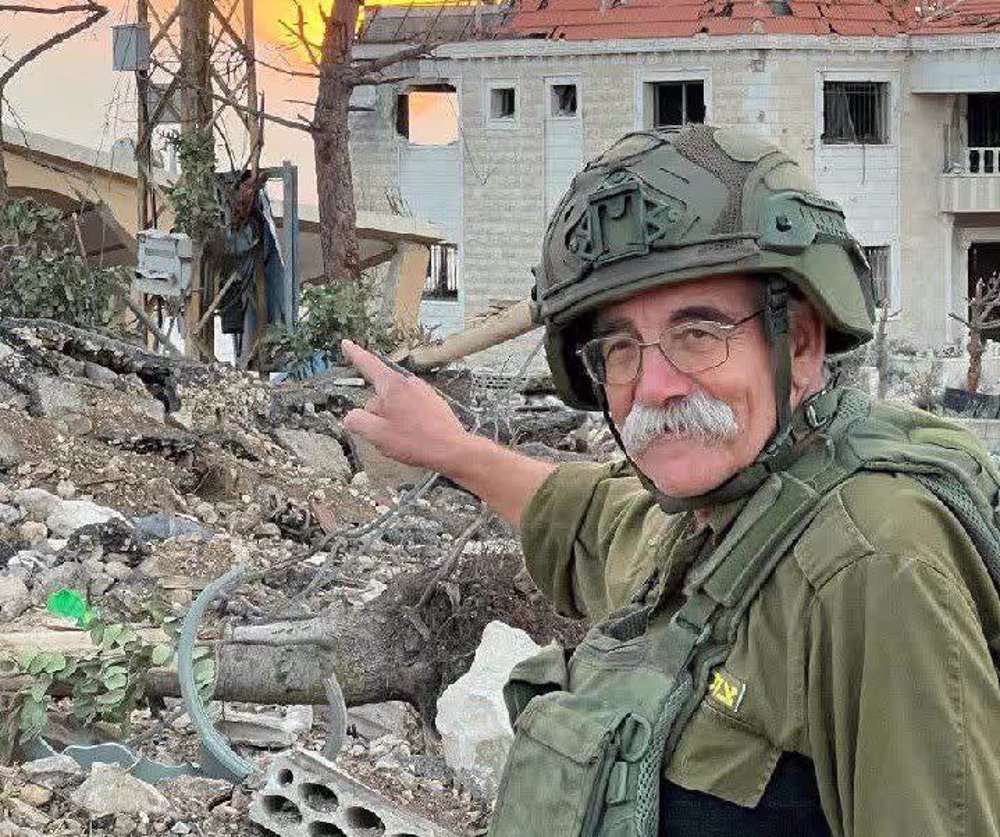
A pro-settlement WhatsApp group titled “Our Gaza Forever” also mourned his death, hailing him as “one of the pioneers of settlement, an explorer of the (so-called) Land of Israel, and a brave fighter.”
Amid an avalanche of reactions to his role in “pioneering settlement activities,” many also pointed to Ehrlich's efforts to justify claims to the so-called “Land of Israel” by producing booklets, research papers and books -- to push Zionist fallacies.
A Twitter user, posting under the name Tamer, said Ehrlich wrote "many fake articles" that were aimed at proving that the land of Palestine belongs to the settler Jews.
"He also worked on documenting archaeological sites in Arab villages in the West Bank and attributed them to Jews. He has many forged books, research and books aimed at falsifying history,” the user wrote, referring to the slain settler's propaganda activities for the Zionist regime.
Ehrlich’s history in settlement dates back to 1977 when he moved to Ofra and spent five years as a guide at a local Field School, where he met his wife, Tamar, who served as the school’s secretary.
The couple was among the first 50 families to establish "permanent residences" in the settlement.
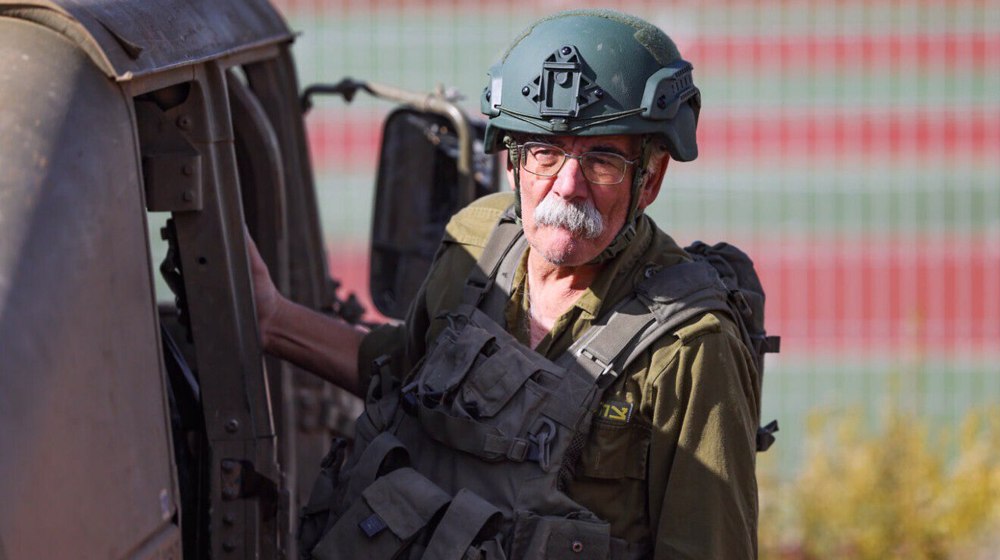
For decades, Ehrlich lived in an illegal settlement in the occupied West Bank, conducting extensive archaeological research integral to the Zionist entity's illegal settlement movement.
Also known as Jabo, Ehrlich was recognized as a "leading authority" on the history and archaeology of Judea, Samaria, and Benjamin. His research emphasized the historical significance of these regions and claimed Jewish connections to the land, by faking documents.
He advocated Zionist narratives in the context of settler-colonialism, contributing significantly to the discourse on the use of archaeology as a political tool to entrench illegal occupation.
Ehrlich's findings were leveraged by Zionist political groups such as Gush Emunim, which sought to establish illegal settlements as a means of asserting so-called Israeli "sovereignty."
His work bolstered the narrative that framed archaeology as justification for settlement expansion, influencing policies that promoted Jewish settlements in the occupied West Bank.
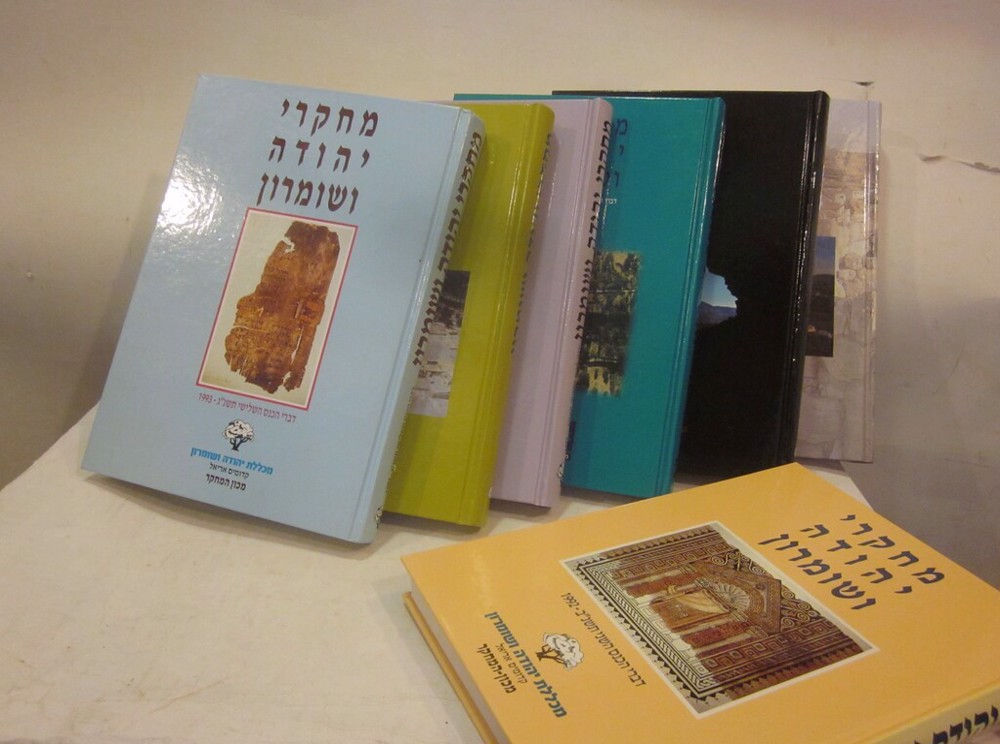
Notably, he identified significant historical sites such as Joseph’s Tomb, located in the heart of occupied Nablus, and Tel Balata, manufacturing their links to Biblical events.
He edited two influential book series—Samaria and Benjamin and Studies in Judea and Samaria—which focused on these regions, according to documents Press TV website accessed.
The first series emphasizes the historical significance of the areas, detailing archaeological excavations, artifacts, and their relevance to Biblical narratives, while the second explores various aspects of life in these regions, including cultural, religious, and social dynamics.
Ehrlich also authored several works on "Jewish history" in the occupied Palestine and the broader region, including Gaza Since and Forever: The History of Gaza’s Jewry, which claims to document the historical presence and experiences of Jewish communities in Gaza.
This book talks about "contributions" of Jews to the region's culture, economy, and society in order to push the Zionist narrative that Jews are indigenous people.
Additionally, he also wrote a regular column on matters related to the so-called "Land of Israel" for the newspaper Makor Rishon.
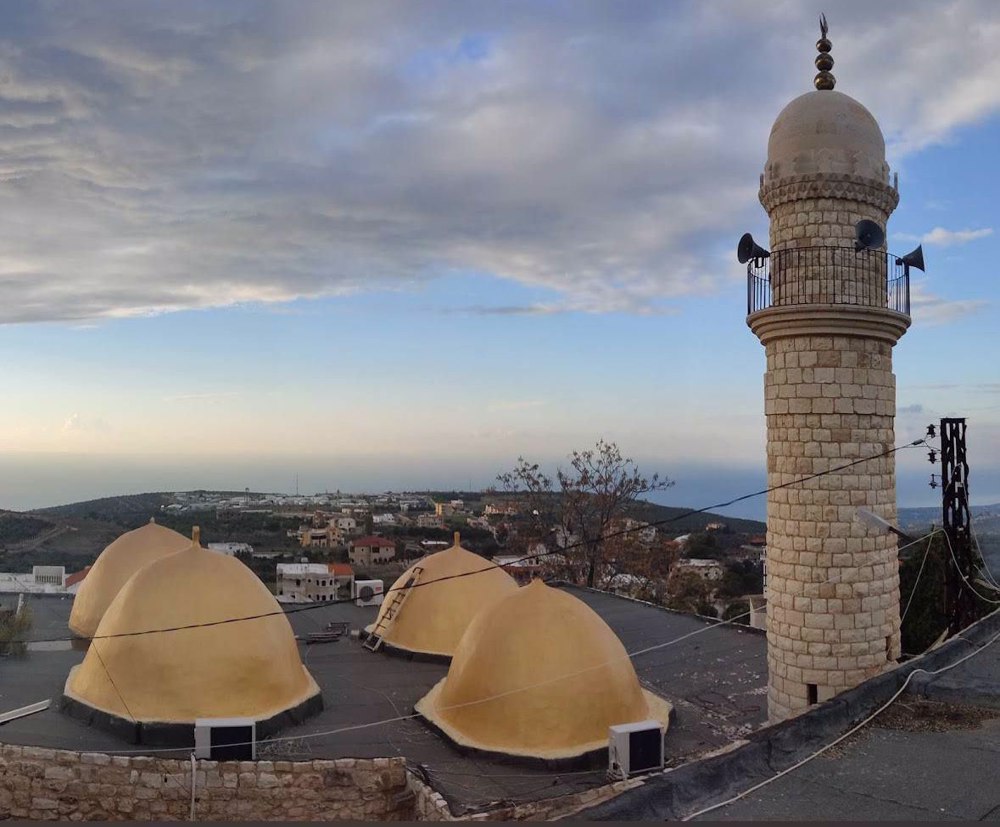
His visit to southern Lebanon on Wednesday was the latest in a series of illegal entries into Lebanese territory since October 2023, under the cover of Israeli military forces.
Just two weeks before his killing, Israel Hayom reporters had met Ehrlich in Nablus, where he was accompanied by Samaria Regional Brigade forces.
Together, they visited Joseph’s Tomb and then proceeded to Tel Balata, which Ehrlich claimed as the likely site of the Biblical ceremony of blessings and curses.
While driving through the occupied city, he recounted his childhood visits to the area, recalling a time when “one could wander here before the existence of walls and fences.”
In a video circulating on social media, he was again seen in the Israeli military attire, accompanied by several regime forces as they walked through a Palestinian town Beit Omar.
He also conducted military-guarded "archaeological tours" in Palestinian villages in 2012.
Historian, journalist, and human rights activist Craig Murray commented on the Israeli military's decision to bring Ehrlich into the war zone in southern Lebanon.
“In the crazed Zionist mind that would justify annexation, Mr. Ehrlich did succeed in proving definitively that it is not their land now," he wrote.
American journalist, author, blogger, and filmmaker Max Blumenthal said the embedding of the "colonial crank" is "further evidence of the debasement and fanaticism of the Israeli military."
UN General Assembly overwhelmingly adopts resolution urging end to Israel’s genocide in Gaza
IRGC Navy’s new drone to ‘surprise the world’: Commander
Iran expects major surge in Syria exports amid ongoing unrest
Ireland formally joins South Africa's genocide case against Israel at ICJ
Iran calls on UN Security Council to halt Israel’s aggression against Syria
World must mobilize to stop Israel from destroying Syria: Iran FM
VIDEO | Disputes over religious sites in India
VIDEO | Gaza solidarity on display in Tehran


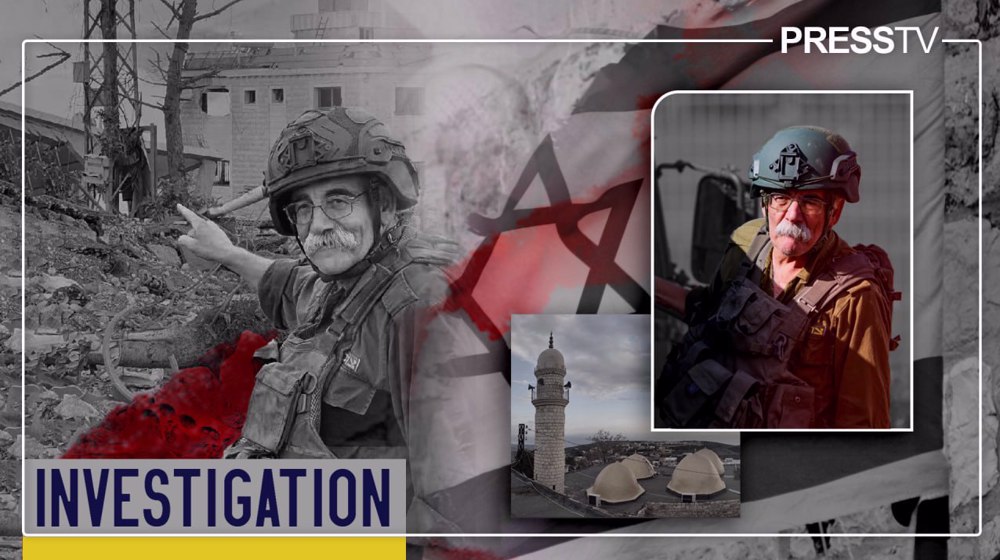

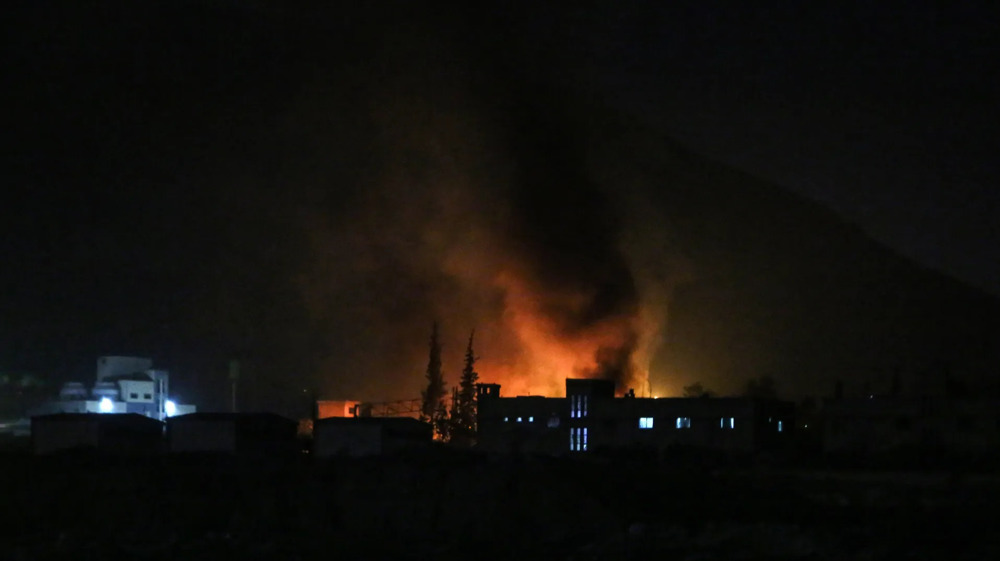








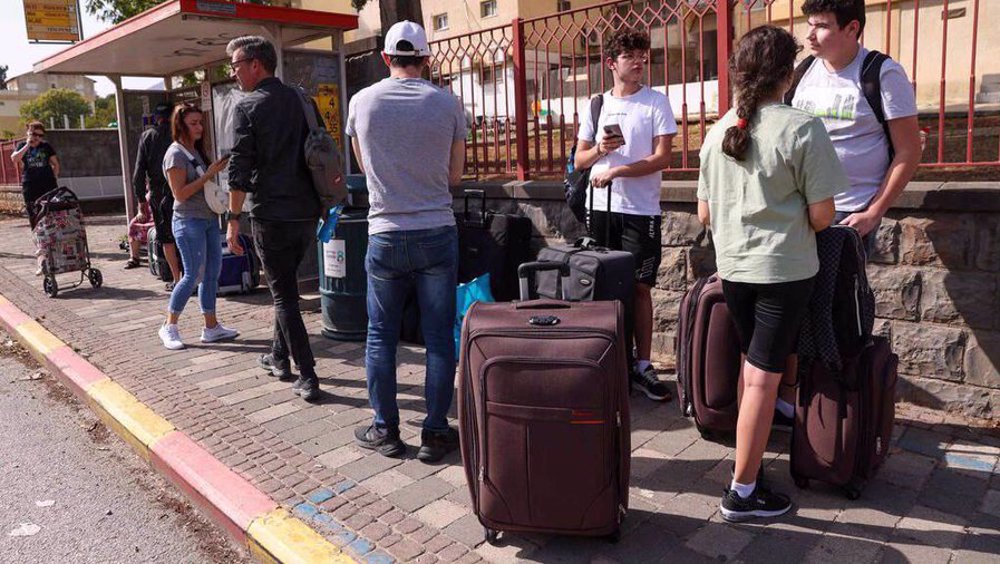

 This makes it easy to access the Press TV website
This makes it easy to access the Press TV website